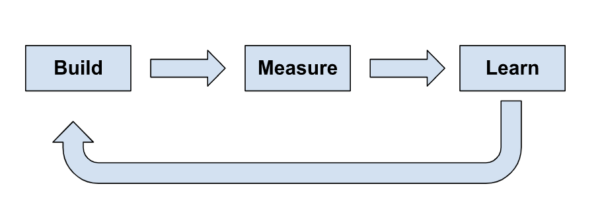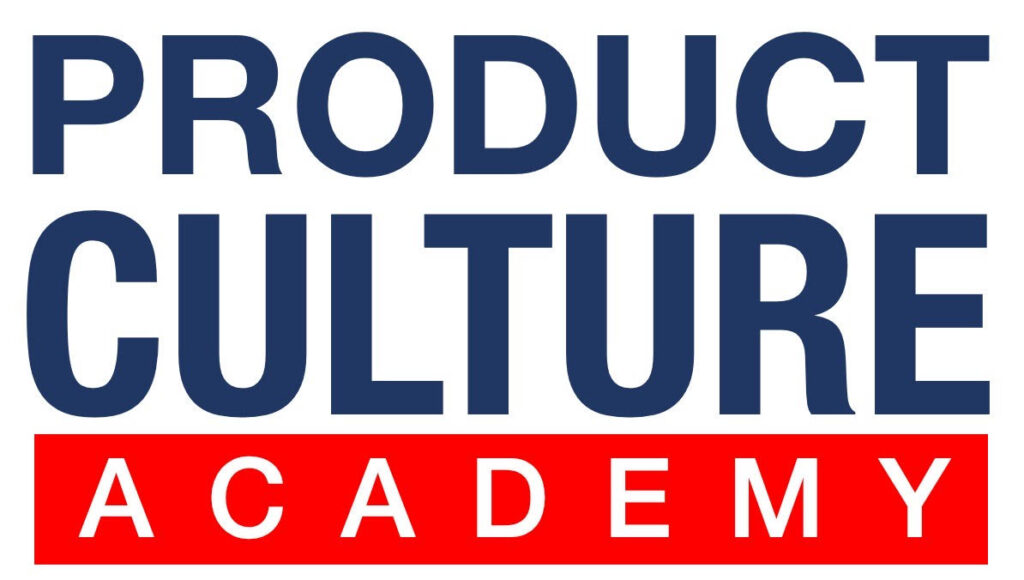When you leave your house, do you always know where you’re going? More often than not, I’d bet you do.
Now, let me ask you another question: when you leave your house, do you always know how you’re going to get where you’re going? Perhaps. But if you aim to take the best path to your final destination, you can’t be sure your pre-planned path will remain the best course of action once you’re en route.
Any number of things—traffic, construction, weather, accidents—can dictate a change in direction while traveling. Think about your GPS gently informing you that it’s “recalculating your route” because of some unforeseen circumstances.
Virtually anything can change your course of direction when heading somewhere… but the destination remains the same.
And that, in a nutshell, is what led to the first of the four principles that product-led companies follow:
- Focus on making customers awesome
- Share a compelling vision of the future
- Empower teams to pursue that vision
- Leverage enablers of scale
What does that mean exactly, focus on making customers awesome? Well, since awesomeness, like beauty, is in the eye of the beholder, the best way to do that is by prioritizing outcomes over outputs.
Don’t get me wrong. I’m not saying to entirely disregard your outputs, tasks, or process. Both outcomes and outputs are important, as I’ll get to, and focusing on both is necessary for your company’s success.
Yet when I see companies struggling to make forward progress, it’s often because they have forgotten the reasons why they are doing the work they’re doing. Like taking a trip, if you focus solely on the route (outputs) rather than the endpoint (outcome), you may never get to where you want to go.
To begin, let me take a moment to clarify the distinction between these two terms.
Your Output Versus Your Outcome
So, what is an output, and what is an outcome?
Output: What your company actually ‘puts out’ into the world for customers. Outputs are things you produce: anything from apps and websites to shoes and carrots. Outputs can also be actions you perform like delivery, customization, or advice.
Outcome: What your company hopes to achieve from your company’s output. Your outcome is dictated by the success or failure of your outputs. The expected outcomes from the above outputs may look something like this:
- output: app, outcome: social connection
- output: website, outcome: awareness
- output: shoes, outcome: warm feet output: carrots, outcome: better eyesight (maybe?)
Basically, your team’s outputs are what (hopefully) lead to outcomes for the customer. Your output is your product or service, and your outcome is what results from those outputs.
Imagine a person decides to open a family-style restaurant. The owner wants to provide a warm, comfortable, enjoyable place for families to eat. And their vision for the establishment will undoubtedly involve yummy food.
Yet if you think about the owner’s intentions, the overall objective isn’t to check off those boxes; it’s to provide a satisfying dining experience for the customer.
Say a family of four eats at the restaurant and walks away thoroughly satisfied at the end of the evening. The most immediately obvious output in this scenario would be the food your restaurant served, but this alone is typically not enough to achieve the desired outcome.
Even if the food was delicious, lackluster service, long wait times, and a noisy dining room that makes conversation difficult would likely leave customers disappointed. A truly great chef considers each of these elements, hiring only the best servers, ensuring the kitchen can keep up with demand, and designing the interior for a comfortable level of buzz.
No matter how great one individual output (e.g., food), the outcome depends on a combination of elements designed to maximize customer satisfaction. Considering every aspect of your customer’s experience is the best way to piece together the necessary outputs to reach your desired outcome.
As you can see, the outcome is dictated by a variety of outputs. The right outputs are the tools that make it possible for you to achieve your desired outcome.
So, if outputs do matter, why should your company focus more on the outcome than the output?
Your Outputs Will Change Far More Often Than Outcomes
When you start a company, you likely have an idea of the type of outputs you want to produce and the outcomes you want to achieve. While the outputs you plan to produce will inevitably change over time – as dictated by the market, customer, and world – your desired outcome will likely remain the same over the long haul.
For example, if you sell cameras, your desired outcome might be to help customers capture and revisit memorable moments. This will stay the same, but the specific outputs that achieve that outcome will change as technology develops and trends change. Over our lifetimes, many of us have gone from owning film cameras to digital cameras to cameras embedded in our phones. The end goal will remain to help customers visually capture their treasured memories, even as cameras someday move to our glasses or even our eyeballs.
Why is that? Well, for one thing, outputs are little more than a means to an end. Your outputs are ever-evolving as needs and technologies change since what works best for a customer today may not be the same in six months.
In fact, it’s almost guaranteed that your customer’s needs and wants will change over time, meaning your outputs must change to keep pace.
After all, if your company’s desired outcome is to empower your customer, help them be successful, and make them feel powerful through your product, that desired outcome won’t change because the market or customer preferences are different from when you started.
We’re Not as Smart as We Think
We’re often wrong about what outputs will lead to the outcomes we want. We think we know, but the only true judge is the customer. Worse, the only true test is to ask the customer to buy and use your output, then measure the outcome. If you don’t get the sales you wanted, you have to go back to the drawing board on your outputs.
In fact, we’re wrong about the likely outcomes of our outputs so often that Steve Blank and Eric Reis popularized the whole lean startup movement to address it. They focused on the “test and learn cycle,” designed to help figure out which outputs make a difference more quickly. The cycle continues in this fashion until the desired outcome is achieved:

Cycling through this “test and learn” model will help you figure out how to get where you are going faster by prioritizing the destination while adjusting the details as you go.
Outcomes Over Outputs Will Help Your Company Achieve Its Vision
It’s easy to lose sight of your big picture vision, getting bogged down by the minutiae of your company’s process and outputs.
This is understandable. Outputs are essential to your customer’s satisfaction, after all, and focusing our attention there is frankly easier on our over-taxed brains.
Yet prioritizing your day-to-day outputs in lieu of that big picture vision will make things more difficult in the long run for your company – and eventually, for your customers. Because if you lose sight of the outcome you want to achieve by focusing only on outputs? You may be working hard on things that don’t make a difference.
Every proposed output, such as a feature, design change, price adjustment, or improved documentation, should be linked with an expected outcome. When you make this direct output-outcome connection, it helps you decide which outputs to prioritize. It also aids in measuring success.
For example, let’s think again about that restaurant. Maybe our chef wants to attract higher-end customers, so she adds some exclusive wines to the beverage list. Then, she advertises the new selection on social media. However, the comments and reactions suggest that well-heeled customers in this area are more into craft spirits and creative cocktails. So in response, the chef schedules a make-your-own-cocktail event with a local distillery, which drives up average revenue per customer and increases repeat visits. A win for these desirable customers and for the business!
Was the fancy wine program a success? No. However, she still achieved her outcome because she accomplished the real goal of attracting high-end customers by learning from that mistake and then adjusting. The outcome remained successful through calculated and customer-driven shifts in the outputs.
Your outputs are your what, and your outcome is your why. For sustainable success with the customer, always start with your why and iterate your way to the right what.

